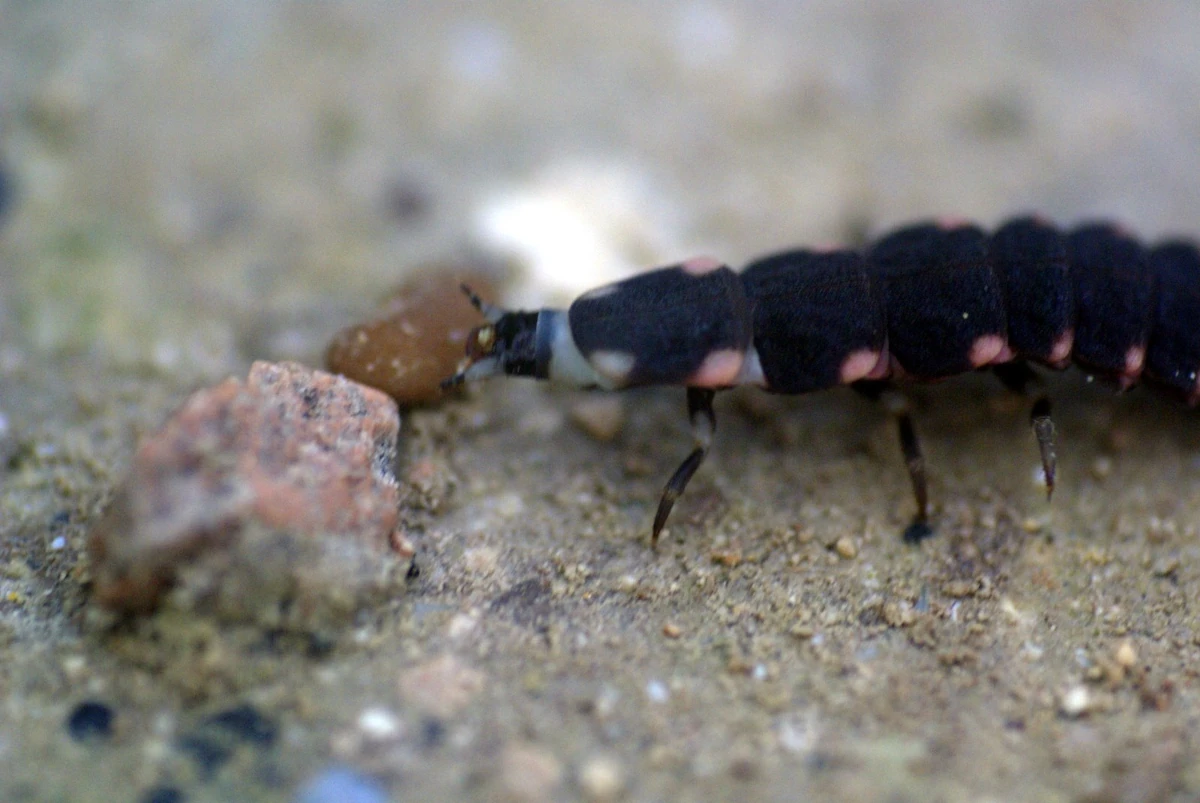
Fireflies and glow-worms light up the night, creating awe and wonder across the globe. Producing their own light through bioluminescence to communicate with each other, they can create spectacular shows on every continent, except Antarctica. Around 65 Lampyridae species are found in Europe, with the Common Glow-worm (Lampyris noctiluca) being the most familiar and widespread.
Now, researchers from the IUCN Firefly Specialist Group have assessed the status of ten European species, using the IUCN Red List criteria. Half of these species are threatened with extinction. Two species, Lampyris pallida and Luciola novaki, are Endangered, while three are deemed Vulnerable. Alarmingly, the Common Glow-worm is categorised as Near Threatened, meaning it may also be pushed to extinction in the near future. The remaining species assessed fall under the category of Least Concern, meaning they are not currently at risk of extinction..
Dr. Sara Lewis, IUCN SSC Firefly Specialist Group Co-Chair, Tufts University: “While I feel unimaginably sad that several of our most cherished insects could be facing extinction, it’s hopeful to see others doing well. These assessments contribute to our understanding of how firefly and glow-worm species are doing in Europe and can now allow us to focus conservation efforts to reverse negative trends”
Threats
Light pollution, climate change, and habitat degradation, are the main threats leading to firefly and glow-worm declines.
As global temperatures rise, glow-worm and firefly habitats become increasingly unstable. Drought can limit food availability and impede larval development, while floods can destroy essential habitats. Additionally, glow-worms and fireflies are losing their natural environments such as grasslands, woodlands, and riverbanks, to urban development and unsustainable agricultural practices. This loss and fragmentation of habitats pose significant challenges, especially for species that cannot fly in their adult stage, making dispersal and expansion a challenge.
Pollution intensifies the problems facing fireflies. Chemicals used in agriculture and gardening kill not only fireflies but also their food sources, such as slugs, snails and worms. Light pollution, increasing as much as 10% annually, disrupts glow-worms and fireflies’ natural behaviours and development. Fireflies rely on attracting their mates at night, having evolved to glow brightly against a natural darkness, studies show that artificial lights confuse male glow-worms, making it harder for them to find mates and thus decreasing their reproductive success.
Raphaël De Cock, IUCN SSC Firefly Specialist for Europe: “Recent studies show that both males and females of the Common Glow-worm face problems in finding a mate, and even low levels of artificial light at night can prevent some females from reproducing. Most other European glow-worm species also use glows to find mates, so we can confidently extrapolate that their reproduction is threatened by light pollution. Ongoing studies and surveys in Europe and Worldwide will likely show how fast numbers of these brilliant insects are declining right now and in coming years…“.
Actions
Easily reversible, light pollution has a simple conservation solution; turn off the lights and the pollutant disappears. There is no clean-up operation, and the environment has the chance to return to its natural state allowing fireflies and glow-worms to shine bright. Although artificial light is sometimes needed for public safety, we must consider lighting methods that harmonise nature and people to the best of our ability.
Identifying, protecting and restoring firefly and glow-worm habitats is crucial to reverse the negative trends they face. Recording and reporting sightings through platforms like iNaturalist, Observation.org, or national recording schemes, can help ecologists track populations and identify suitable habitats.
Protecting habitats means they must remain chemical free, allowing invertebrates to thrive, especially slugs and snails as they are the main food source of many firefly and glow-worm larvae.
Craig Macadam, Conservation Director, Buglife: “It’s alarming that charismatic species like glow-worms and fireflies are declining, but we can help protect their populations with a few simple actions. Reduce light pollution, ban harmful chemicals, and report glow-worm sightings. We also need strong policies to safeguard and restore habitats giving these fantastic beetles the chance to continue to shine brightly.”






